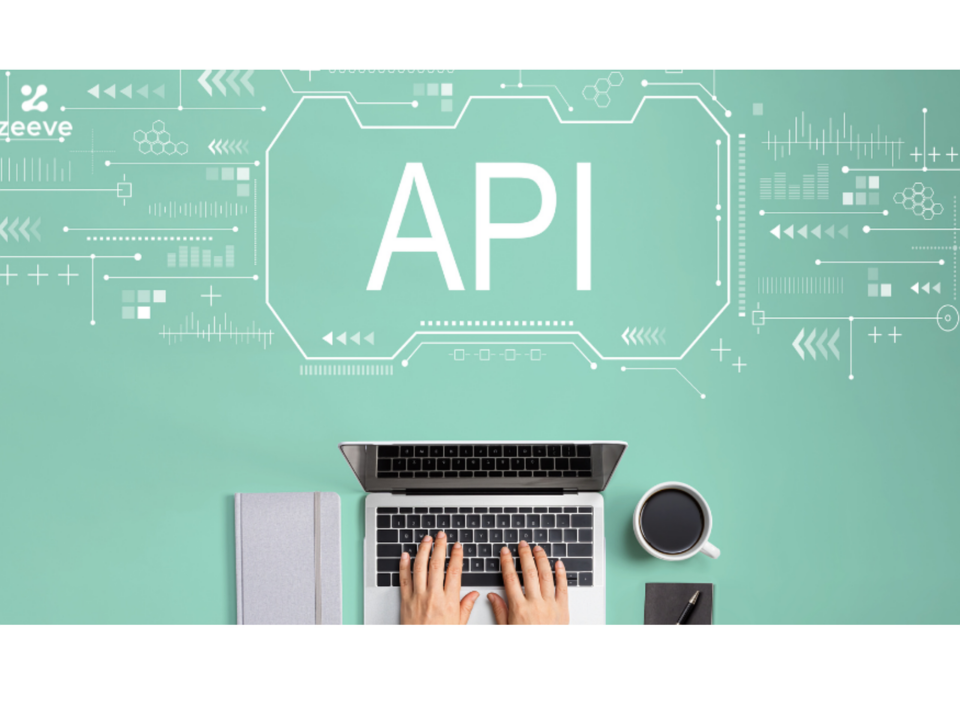
The Role of Machine Learning in Personalizing Customer Experiences During Online Shopping
April 16, 2025In an increasingly digital-first world, businesses need to engage with customers and partners in real time on multiple channels. With the changing nature of enterprises, Messaging APIs in business workflows have become indispensable tools that make communication seamless, scalable, and intelligent.
This blog delves into messaging APIs, how they work in business workflows, and why they are indispensable for digital operations in the modern era.
What Are Messaging APIs?
Messaging APIs (Application Programming Interfaces) are software intermediaries through which applications transmit, receive, and process messages between channels such as SMS, WhatsApp, Facebook Messenger, email, and even messaging in-app [Patel et al., 2021]. Rather than building messaging infrastructure from scratch, businesses use APIs to effectively embed communication features on their platforms.
Messaging APIs are usually offered by Communications Platform as a Service (CPaaS), enabling organizations to deploy voice, video, and messaging capabilities without the need to manage backend infrastructure [Frost & Sullivan, 2020]. As a result, it enables firms, especially small and medium businesses (SMEs), to stay agile and cost-effective.
How Messaging APIs Work in Business Workflows
Messaging APIs integrate into business workflows by automating, personalizing, and scaling communications across different customer and operational touchpoints. Let’s explore how Messaging APIs in business workflows create transformational changes:
1. Automated Customer Communication
Messaging APIs are utilized by companies to automate routine interactions like order confirmations, appointment reminders, delivery notifications, and payment alerts. Therefore, automation reduces the risk of human error and responds quicker, enhancing customer satisfaction [Kumar & Rose, 2022].
2. AI-Powered Chatbots and Virtual Assistants
Combined with machine learning and Natural Language Processing (NLP), messaging APIs facilitate the deployment of virtual assistants and chatbots [Liddy, 2001]. Consequently, AI-based applications can respond to, understand, and interpret customer inquiries in real time, escalating intricate cases to human representatives when necessary.
3. Real-Time Multichannel Engagement
Through a single integration, businesses can manage communication from social media, email, SMS, and in-app messaging. As a result, customers enjoy a unified and seamless experience, increasing brand loyalty [Gartner, 2021].
4. Customer Insights and Sentiment Analysis
Sentiment analysis is utilized by intelligent messaging platforms to quantify the emotional tone of interactions [Cambria et al., 2017]. In addition, real-time negative sentiment detection enables firms to act promptly, offering tailored resolutions or escalations when needed.
5. Personalized Interactions and Predictive Analytics
Customer behavior is predicted from historical interaction records through AI-based analysis [Chien & Chen, 2018]. Hence, companies can provide personalized product offers, proactive customer assistance, and customized promotions using Messaging APIs in business workflows.
6. Smart Routing and Workflow Automation
Customer messages may be routed and classified automatically to the appropriate department or specialist. As a result, service delivery becomes quicker and more precise [Marr, 2020].
Benefits of Messaging APIs in Business Workflows
| Benefit | Impact |
|---|---|
| Operational Efficiency | Automates repetitive tasks, saving time and costs. |
| Scalability | Supports growing customer bases without increasing costs. |
| Enhanced Customer Experience | Offers fast, personalized, omnichannel support. |
| Global Reach | Enables seamless operations across regions and languages. |
Conclusion: Messaging APIs as the Future of Business Communication
Messaging APIs are no longer a luxury; they are core components of a modern digital strategy. By incorporating intelligent communication features into processes, companies can deliver real-time, personalized, and contextually aware experiences. Therefore, deploying Messaging APIs in business workflows leads to customer loyalty and operational excellence.
For companies that wish to stay ahead in an increasingly competitive market, using messaging APIs is not just an option—it is a strategic imperative.
References
-
Cambria, E., Schuller, B., Xia, Y., & Havasi, C. (2017). New avenues in opinion mining and sentiment analysis. IEEE Intelligent Systems, 32(2), 15-21.
-
Chien, S., & Chen, L.-F. (2018). Predictive analytics in business process management. Knowledge-Based Systems, 151, 17–27.
-
Frost & Sullivan. (2020). Global CPaaS Market Study. Frost & Sullivan Research.
-
Gartner. (2021). Market Guide for Communications Platform as a Service (CPaaS).
-
Kumar, V., & Rose, R. L. (2022). Understanding the Role of Communication Technologies in Business-to-Consumer Relationships. Journal of Business Research, 145, 232-244.
-
Liddy, E. D. (2001). Natural Language Processing. In Encyclopedia of Library and Information Science.
-
Patel, M., Bhatt, C., & Shah, M. (2021). Application Programming Interfaces and Their Role in Integrating Cloud Services. International Journal of Advanced Computer Science and Applications, 12(3), 45-51.
-
Marr, B. (2020). The Future of Work: Automation, AI, and How Businesses Can Prepare. Wiley.



